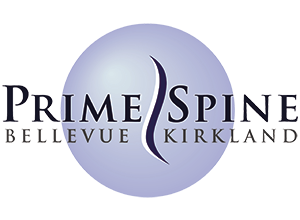Kyphosis is a curving of the spine that causes the back or neck to become bowed or rounded. People with kyphosis experience chronic spinal pain, headaches and reduced mobility. Kyphosis can occur at any age and is equally common among men and women.

For adults, kyphosis can be caused by:
- Injury or trauma such as serious falls, sports injury or car accidents.
- Osteoporosis
- Infection, such as tuberculosis
- Polio
Postural and Structural Kyphosis
There are in fact two distinct types of kyphosis and knowing the difference can help you get the treatment you need.
- Postural Kyphosis – As suggested by the name, postural kyphosis is caused by poor posture. Slouching and extended hours in a seated position can lead to postural kyphosis.
- Structural Kyphosis – Injury and osteoporosis can lead to lasting damage to the spine which can cause an abnormal curvature. The best known example of structural kyphosis is Scheuermann’s kyphosis, which occurs in juveniles and causes the vertebrae to become wedge shaped and fused.
Kyphosis and Chiropractic Care
Chiropractic care is an effective non-surgical way to treat kyphosis. Spinal manipulation, also known as spinal adjustment is used to improve joint motion. Spinal manipulation is an active, hands-on treatment, and there are multiple variations of this technique.
- Specific spinal manipulation helps your chiropractor target restricted joints or those that show abnormal motion. This technique can help stretch and strengthen soft tissue.
- Flexion-distraction technique is a gentle spinal manipulation used for people with kyphosis that is associated with degenerative disc disease and/or motion restrictions in the mid-back.
- Instrument-assisted manipulation is another non-thrusting spinal manipulation. Your chiropractor uses a hand-held instrument to apply force without thrusting into the spine.
In addition, your chiropractor may prescribe therapeutic exercises to help restore normal spinal motion. Don’t let something like kyphosis slow you down. Contact Dr. Ben Baker today! Dr. Baker has experience in a number of techniques which are both safe and effective.
